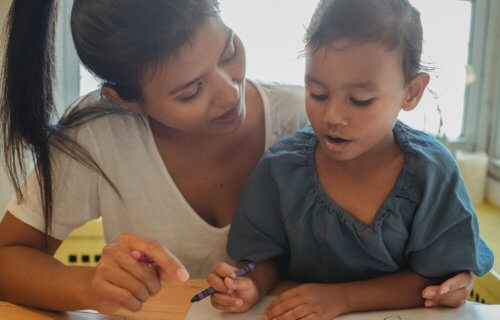CAMBRIDGE, United Kingdom — Children brought up in a home in which more than one language is regularly spoken are often sharper from a cognitive perspective as an adult. That’s the main finding by researchers at Anglia Ruskin University, which compared cognition among early bilinguals and late bilinguals.
An early bilingual is someone who becomes fluent in multiple languages at an early age, perhaps even at the same time they started to learn their native tongue. Late bilinguals, on the other hand, are people who learn another language after they mature.
Study authors report that once they reach adulthood, early bilinguals are able to shift their attention much faster than late bilinguals. They are also quicker at noticing visual changes.
Being bilingual can improve vision too?
To reach these conclusions, a group of 127 participants took part in two distinct experiments. The first entailed viewing two images on a screen, with one image gradually fading away and the other remaining constant. Early bilinguals noticed these visual changes much faster than late bilinguals.
The second experiment asked subjects to shift their attention from one image to another as fast as possible. Once again, the early bilinguals did a much better job of controlling their attention.
The research team previously collected evidence suggesting that infants brought up in a multilingual home cope and adapt to their more unpredictable verbal environment by developing faster visual attention skills. These latest results indicate that those skills remain with early bilingual children all the way through to adulthood.
“This study is an exciting extension of our previous research, which suggested that infants raised in bilingual homes adapt to their more complex language environments by switching attention faster and more frequently,” says study leader Dr. Dean D’Souza in a university release. “This adaptation may help them to take advantage of multiple sources of visual information, such as mouth movements, facial expressions, and subtle gestures, ultimately helping them to learn multiple languages.”
“The findings from our new research with bilingual adults suggest that some of these adaptations, including being quicker at shifting attention, are maintained into adulthood,” he concludes.
The study is published in Scientific Reports.
